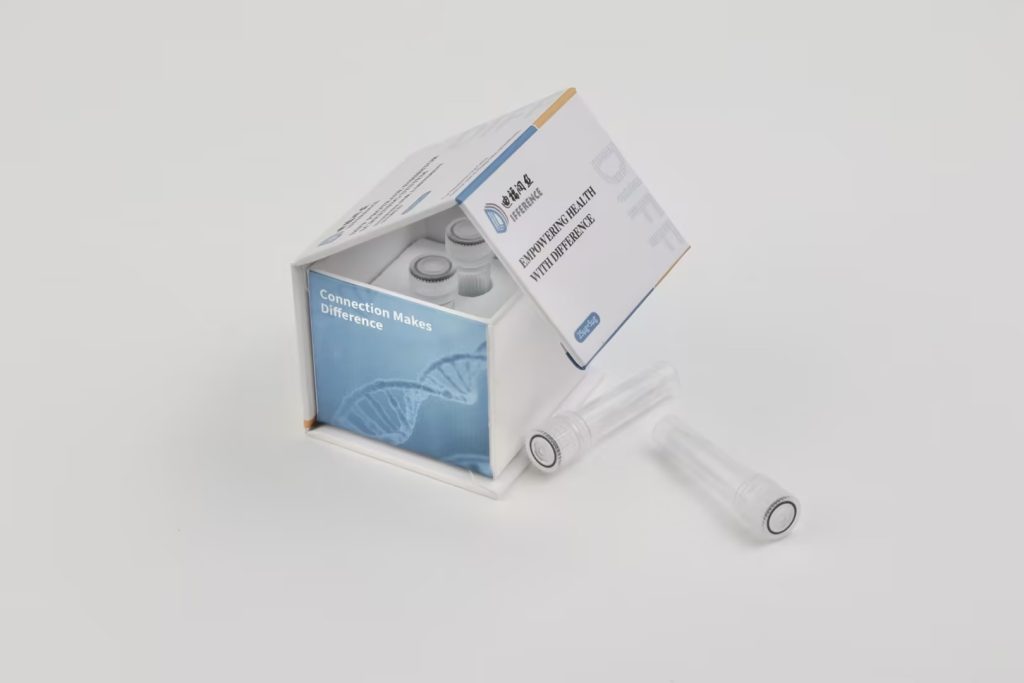The screening methods for protease inhibitors mainly include the following:
DNA coding chemistry technology screening: This method uses DNA coding chemistry technology to screen compounds targeting specific viral proteins. For example, in the study of COVID-19 therapeutic drugs, researchers used DNA coding chemistry techniques to screen inhibitors targeting SARS-CoV-2 Mpro (the main protease).
Immobilized Gelatinase Molecular Biochromatography: This method combines combinatorial chemistry technology and immobilized enzyme technology for rapid screening of protease inhibitors. By preparing immobilized gelatinase reactors, researchers can screen on a simple and fast platform.
Enzyme activity detection based on protease cleavage function: This method screens inhibitors by detecting the cleavage function of proteases. Among them, high-performance liquid chromatography (HPLC) is a commonly used method, which can determine the activity of proteases by analyzing the cleaved substrate, and then screen for effective inhibitors.
Screening using substrate and reaction solution: This method involves adding the analyte to the protease solution and adding the substrate protein solution for reaction. By adding reaction termination solution and ninhydrin reaction solution, and then measuring the absorbance value, it can be determined whether the tested substance is a protease inhibitor.
These screening methods each have their own characteristics, and suitable methods can be selected based on specific research objectives and conditions. Meanwhile, it should be noted that the screened protease inhibitors need to be further validated and optimized to ensure their effectiveness and safety in practical applications.
Share on:
Facebook
Twitter
Pinterest
WhatsApp
Recent posts
We recommend


